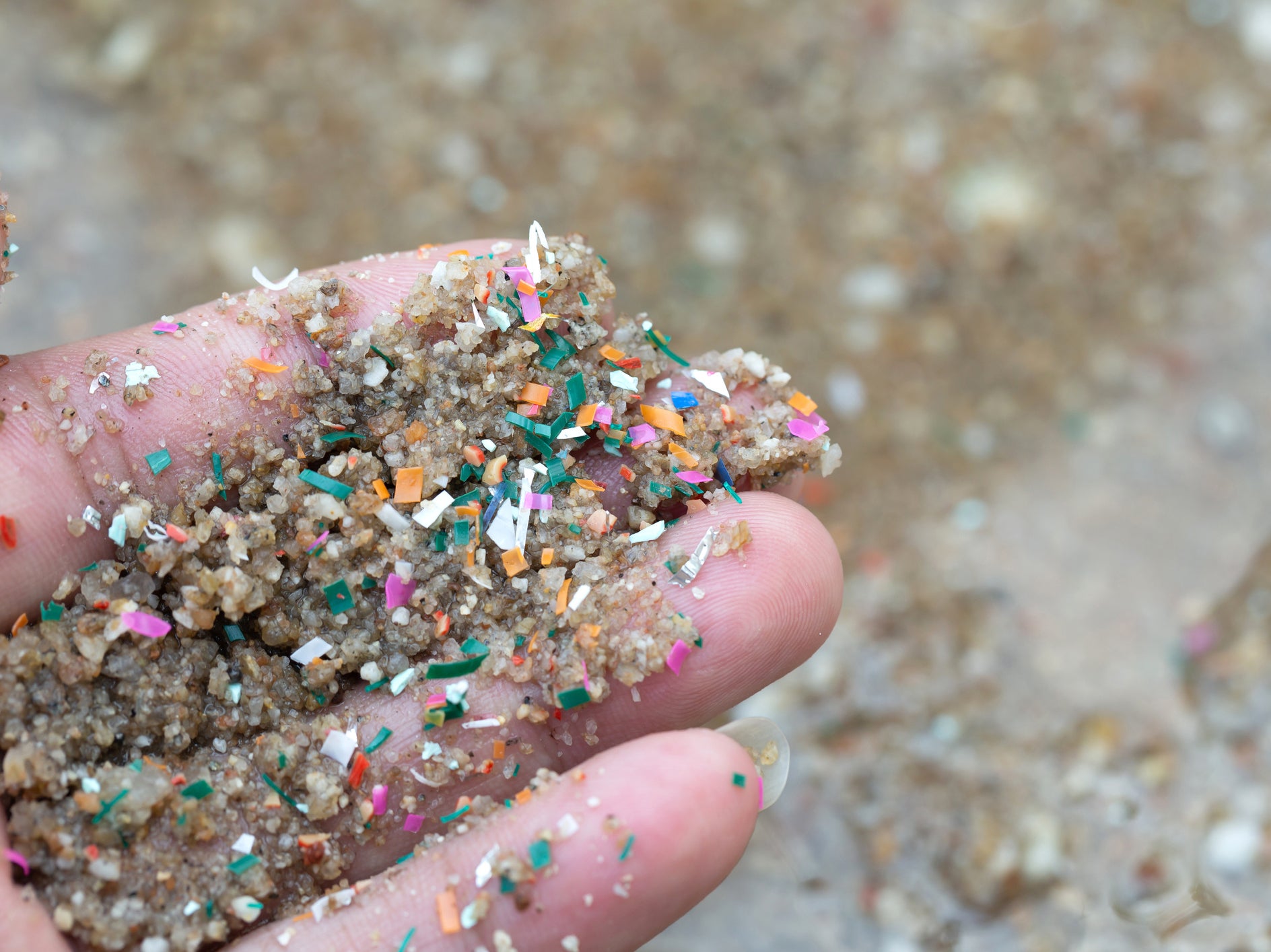Bottled water discovered to contain thousands of invisible plastic pieces which can seep into your bloodstream
Most of these are nanoparticles which have the potential to penetrate human cells and gain entry into bloodstream and major organs
Your support helps us to tell the story
From reproductive rights to climate change to Big Tech, The Independent is on the ground when the story is developing. Whether it's investigating the financials of Elon Musk's pro-Trump PAC or producing our latest documentary, 'The A Word', which shines a light on the American women fighting for reproductive rights, we know how important it is to parse out the facts from the messaging.
At such a critical moment in US history, we need reporters on the ground. Your donation allows us to keep sending journalists to speak to both sides of the story.
The Independent is trusted by Americans across the entire political spectrum. And unlike many other quality news outlets, we choose not to lock Americans out of our reporting and analysis with paywalls. We believe quality journalism should be available to everyone, paid for by those who can afford it.
Your support makes all the difference.A new study found people are consuming a quarter million of tiny invisible pieces of plastic with every litre of bottled water – 10-100 times more than previously estimated.
One litre of water in a plastic bottle was found to contain an average of 240,000 particles, research published on Monday showed. Most of these are nanoparticles which have the potential to penetrate human cells and gain entry into the bloodstream and major organs.
The groundbreaking findings, published in the Proceedings of the National Academy of Sciences (PNAS) journal, show the extent of plastic in bottled water which was highly undervalued in previous studies.
While microplastics have been found everywhere from the deepest points in the ocean to inside our bodies from as early as birth, each bottle was earlier believed to contain only 325 pieces on an average.
But this new study by researchers from Columbia shows the presence of plastic particles is approximately a hundred times more than that, challenging the previously accepted norms surrounding bottled water safety.
Most of these particles were coming from the bottle itself, according to the authors. These are particles that are less than a micron in size.
Researchers used five samples from three brands of bottled water in the US and found that plastic particle levels ranged from 110,000 to 400,000 per litre, averaging at around 240,000 from seven types of plastics.
The authors declined to mention which brands were used as samples.
Approximately 90 per cent of these particles were identified as nanoplastics and the rest were microplastics. Nanoparticles are less than one-seventieth the width of a human hair, so tiny they cannot be seen under a microscope.

Researchers had to invent a technology to quantify these tiny particles to be able to count and analyze the chemical structure of nanoparticles in bottled water.
While scientists knew nanoplastics existed in bottled water, Naixin Qian, a PhD student in chemistry at Columbia and the first author of the new paper said “before our study, people didn’t have a precise number of how many”.
Previous studies showed nanoparticles of plastics can enter cells and tissues in major organs, move through the bloodstream and spread potentially harmful synthetic chemicals in the body, reaching the blood, liver, and brain.
While the potential impacts of these nanoparticles are known, researchers are not sure whether these findings make bottled water more dangerous.
“That’s currently under review. We don’t know if it’s dangerous or how dangerous,” said study co-author Phoebe Stapleton, a toxicologist at Rutgers.
“We do know that they are getting into the tissues (of mammals, including people) … and the current research is looking at what they’re doing in the cells,” study co-author Ms Stapleton said.

Join our commenting forum
Join thought-provoking conversations, follow other Independent readers and see their replies
Comments